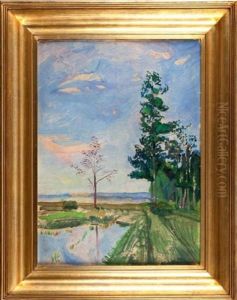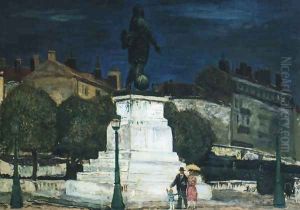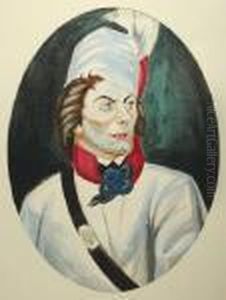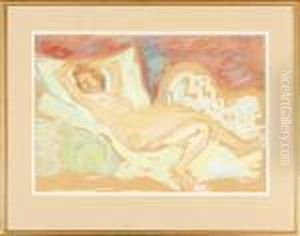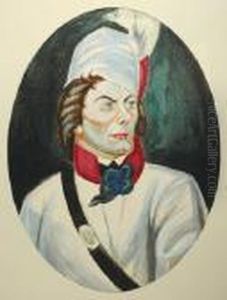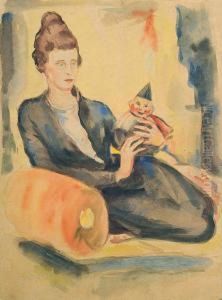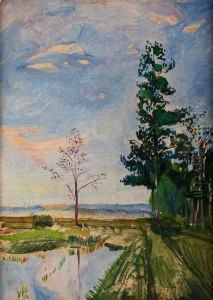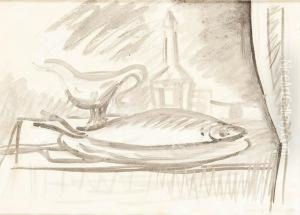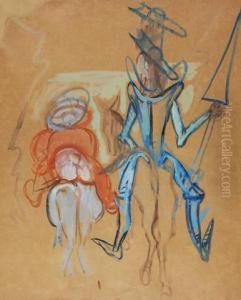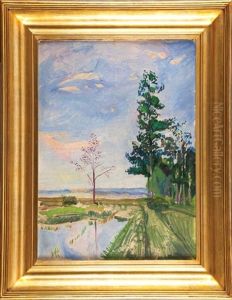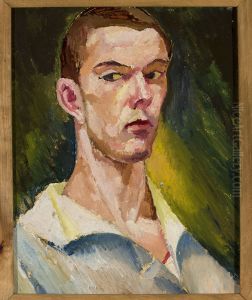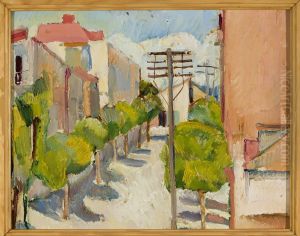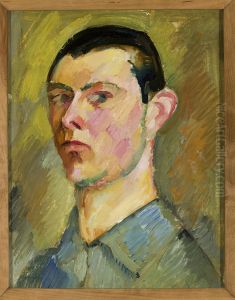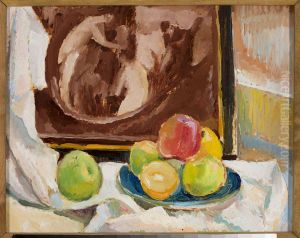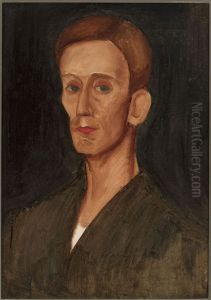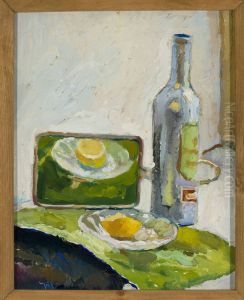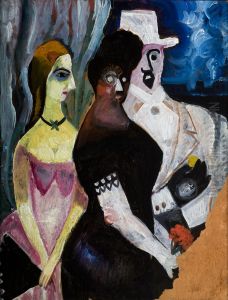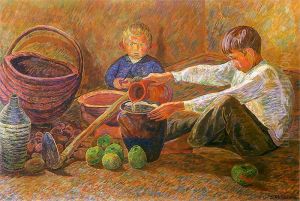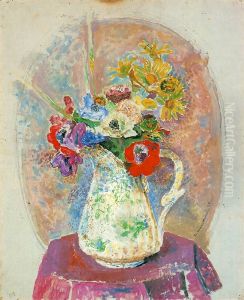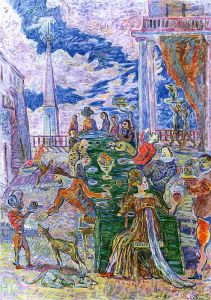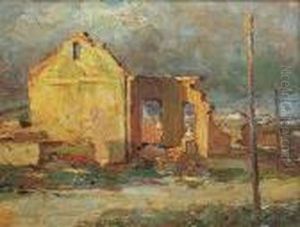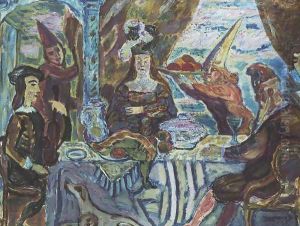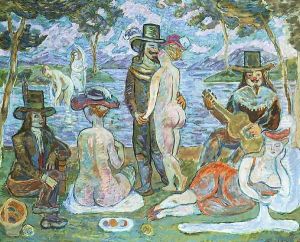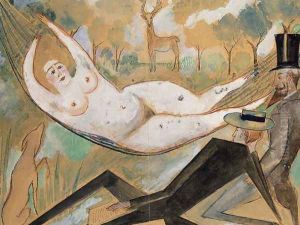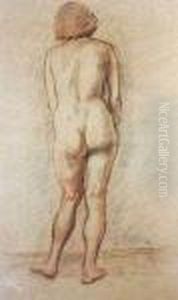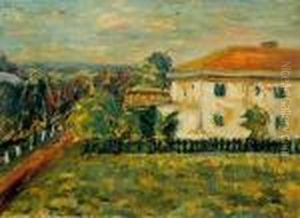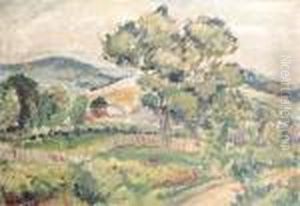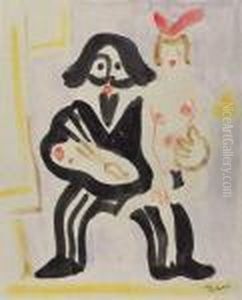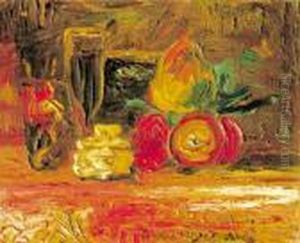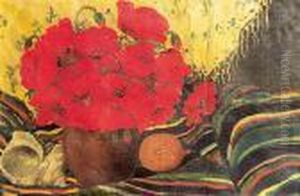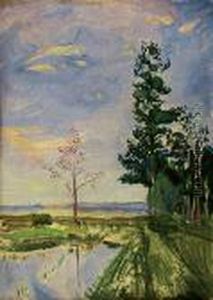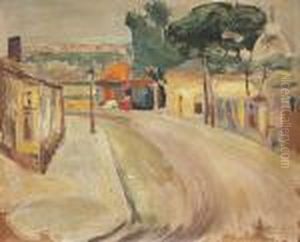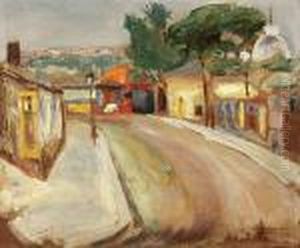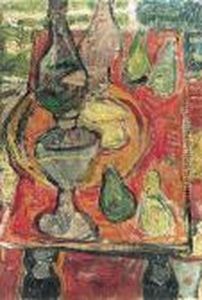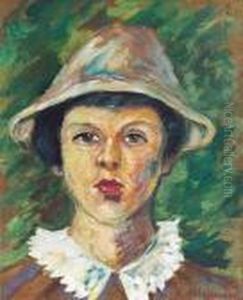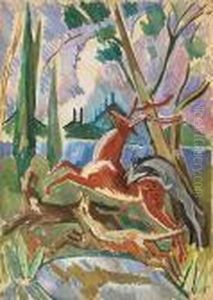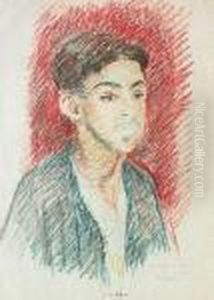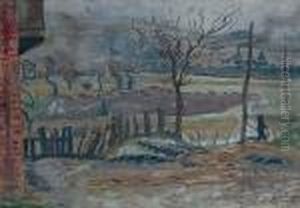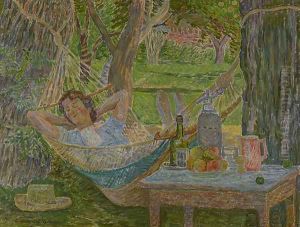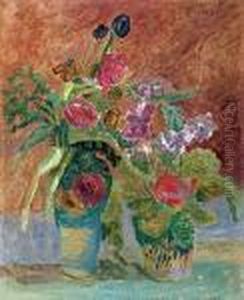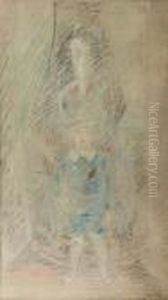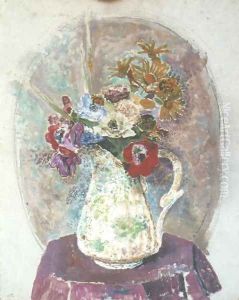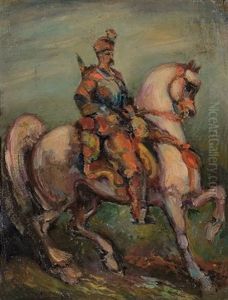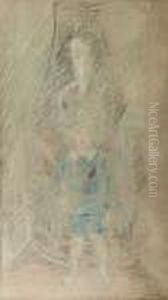Zygmunt Waliszewski Paintings
Zygmunt Waliszewski was a Polish painter, known for his unique contribution to 20th century Polish art. He was born on October 13, 1897, in Saint Petersburg, Russia, as his family was part of the Polish community there. His father, also named Zygmunt Waliszewski, was a notable architect who provided his son with an environment rich in artistic influence from an early age.
Waliszewski's education in art began in St. Petersburg, where he attended the School of Fine Arts from 1914 to 1917. However, his artistic journey was interrupted by the turmoil of World War I and the subsequent Russian Revolution. In the wake of these events, Waliszewski returned to Poland, which had regained its independence after 123 years of partitions.
Once in Poland, he continued his studies at the Academy of Fine Arts in Kraków, working under the guidance of such prominent artists as Józef Mehoffer and Jacek Malczewski. During the early 1920s, Waliszewski's work started gaining attention. He became associated with the Polish Expressionist movement, although his style was eclectic, often incorporating elements of Symbolism and Post-Impressionism.
Throughout his career, Zygmunt Waliszewski focused on a variety of subjects including still lifes, landscapes, and scenes of everyday life. However, he is perhaps most renowned for his sensuous and often provocative portrayals of women, blending a mix of eroticism with a deep psychological insight. His bold use of color and form, along with the emotional intensity of his paintings, set him apart from many of his contemporaries.
Waliszewski exhibited his work in several significant exhibitions, both in Poland and internationally, gaining critical acclaim. Despite his growing reputation, his life was marred by personal struggles and health issues. Unfortunately, his promising career was cut short when he passed away on May 30, 1936, at the age of 38, due to complications from surgery.
Zygmunt Waliszewski's contribution to Polish art is highly regarded, and his works are part of collections in various museums in Poland and abroad. His legacy continues to be celebrated for its emotional depth and artistic innovation.
